The latest exhibition from the V&A celebrates our ongoing love affair with the ultimate fashion accessory – the handbag.
With over 300 items from the 16th Century to present day on display, Bags: Inside Out explores our longstanding fascination with the handbag.
The exhibition is expansive, comprising of designer clutches and despatch boxes, vanity cases and military rucksacks. From newer ‘It’ bag obsessions – take the Jacquemus Le Chiquito: so small, it just about fits a lip gloss and credit card – to longstanding must-have bags including the Hermes Birkin, the Fendi Baguette and the Dior Saddle Bag (all of which have made a resurgence in recent years) designs on display read like a fashionista’s ultimate wish list.
Following a turbulent year for arts and cultural institutions, the V&A’s doors are finally open, with a host of exhibitions for visitors to enjoy. CF caught up with the curator of Bags: Inside Out, Dr. Lucia Savi, to discuss cult-status handbags, standout exhibition pieces and what it takes to curate an exhibition of this magnitude.
Why bags?
I was inspired to look at bags as they are surprisingly very under-researched. It’s interesting as they are such a big part of contemporary brands, but we don’t know much about them historically. It was a great opportunity for the V&A to look at this important accessory from our perspective.
Bag Inside Out Exhibition, image courtesy of Mulberry
How did you go about sourcing objects, and how long did it take?
We started in September 2018, over two years ago now. This was a good period of time to research our collection. As a curator, you always want more time for research. 70% of the objects in the exhibition are actually from our collections (including recent acquirements too) and then we had to fill in the gaps. For example, when we started we didn’t have a Hermès Kelly. We set about acquiring pieces, both contemporary and historical, and getting loans through the Churchill Archive, private collectors and brand archives.
Why do we consider bags the ultimate accessory?
To me, what is particular about bags is they have a dual nature. They are the place where we carry our most personal belongings – we carry a bag close to the body so it’s a very personal object. It’s also very visible. It tells people who we are and what we aspire be – there’s a duality. People have used bags throughout history as a functional object but have always wanted to decorate bags. The ‘status’ of a bag didn’t start in the 1920s and 1930s… it’s been around forever.
What items are you most looking forward to showcasing?
They’re all very important. Every bag on display is a little chapter of the story we are telling in the narrative of the exhibition, from the earliest piece in the collection – an Elizabethan seal purse – to the dispatch box used by Winston Churchill. Some highlights would be the Fendi Baguette, worn by Sarah Jessica Parker as Carrie Bradshaw in Sex And The City. Those are the bags you dream of. The first ever Birkin bag held by Jane Birkin is an outstanding piece, and a real repository of memories. I tried to also include bags that aren’t so well-known – such as a 1950s Bagondi that Grace Kelly used – and also thought about street style.
Grace Kelly’s departure from Hollywood (Getty Images)
What was the item you were most pleased to have tracked down?
There is never one, there is a different story behind each bag. The Louis Vuitton trunk I really wanted from the beginning , then realised we had it already. It belonged to an American socialite, Emilie Grigsby. We had her wardrobe – acquired in the 1960s – and it arrived in this chest. I really wanted a trunk to showcase how so many designers started their history making travel goods. What’s amazing is the labels attached to it – it tells the story of a different time of travel.
What elements are required for a bag to reach ”It’ bag’ status?
It’s a difficult formula. If I knew it, I would be a billionaire! From my perspective, the ingredients you need are: a very recognisable shape and some element you can see from afar. For example, the quilted leather of Chanel, the big padlock of the Chloe Paddington or the shape of the Fendi Baguette. A celebrity association too – a paparazzi photo of Grace Kelly back in 1950s to now, which is all about social media. Many of the bags named after celebrities almost become people themselves.
I think there was a time and place for the crazy moment of the ‘It’ bag. Today, I think we live in in a different era. I would hope an ‘It’ bag today would last for longer. I think we are a bit more conscious to buy an object that will stay with us for a long time.

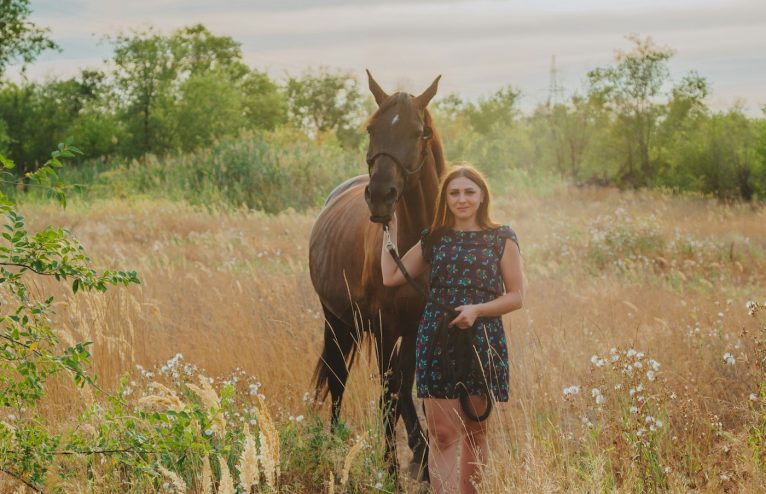
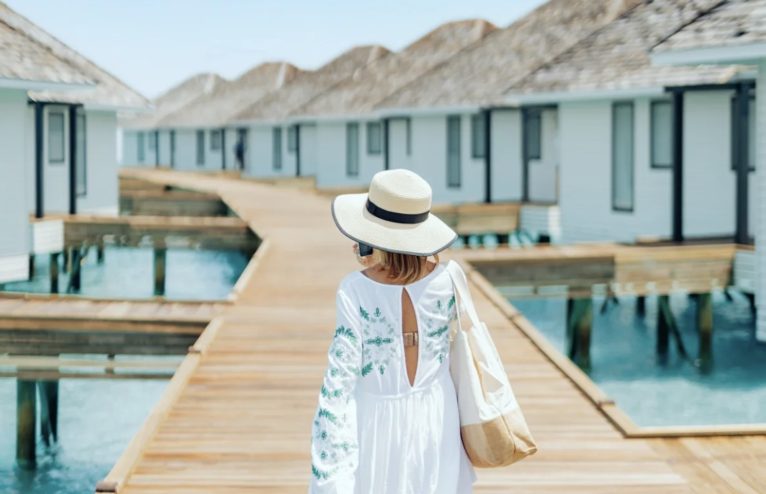

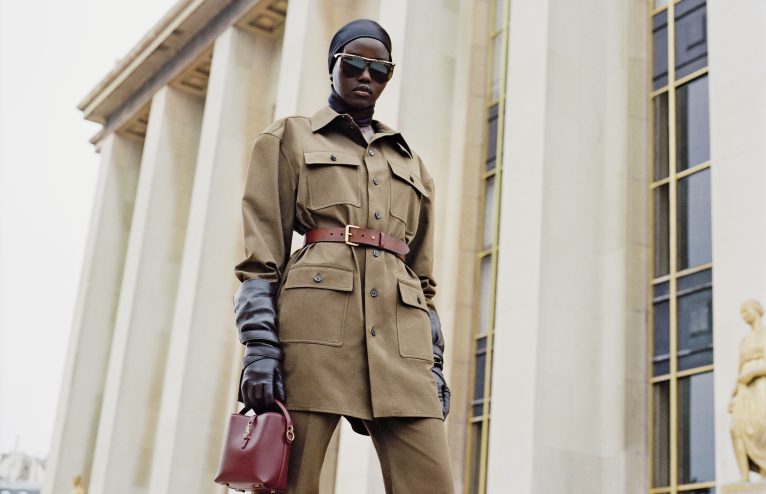


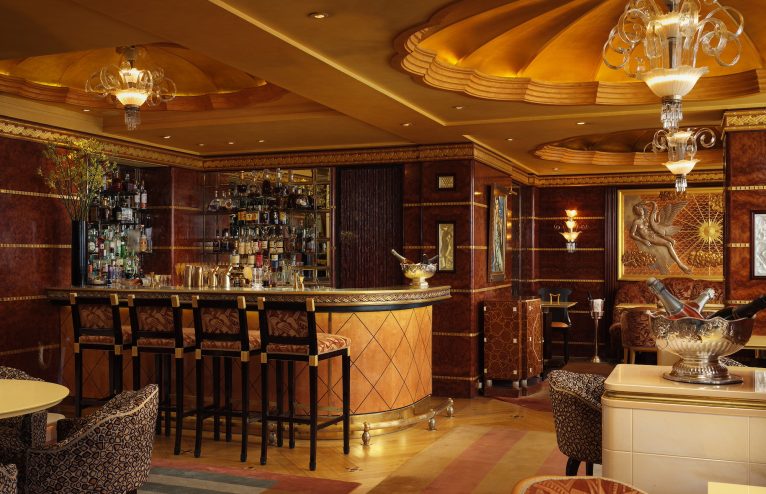








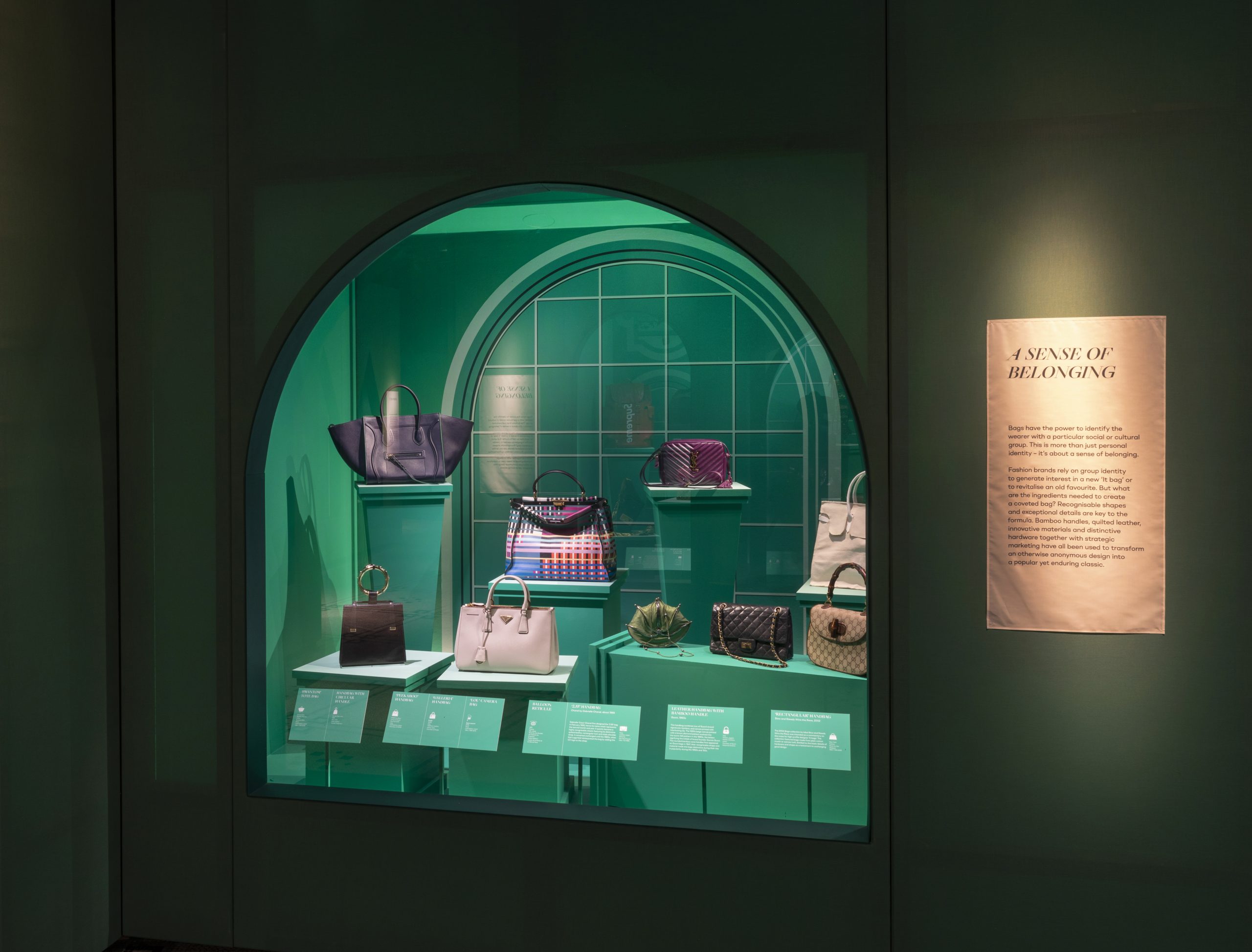

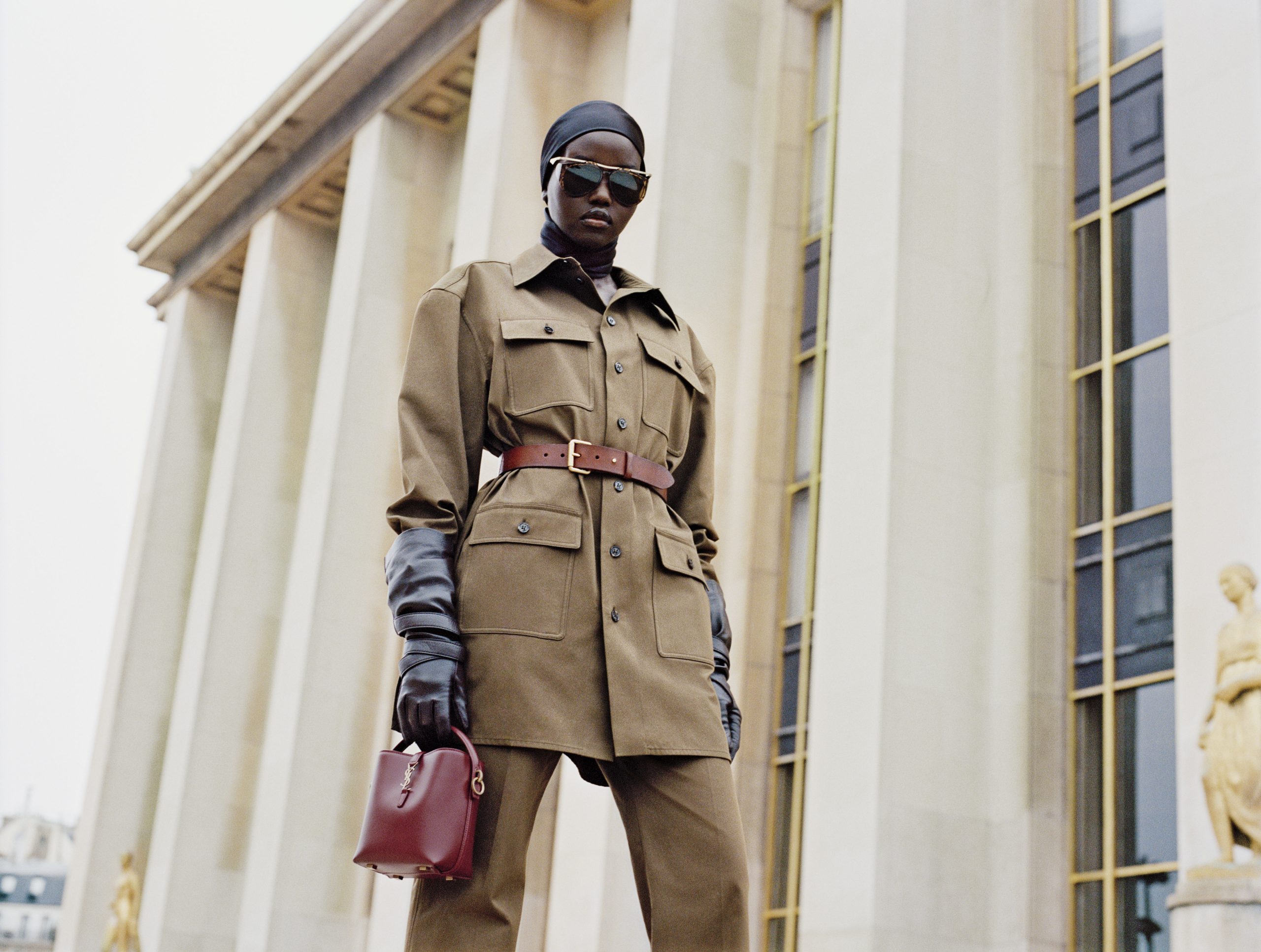



Any Questions or Tips to add?